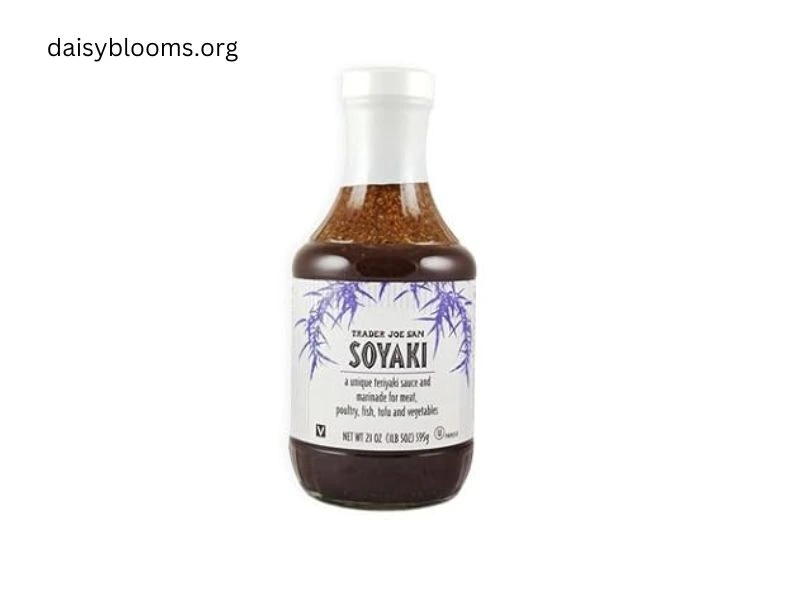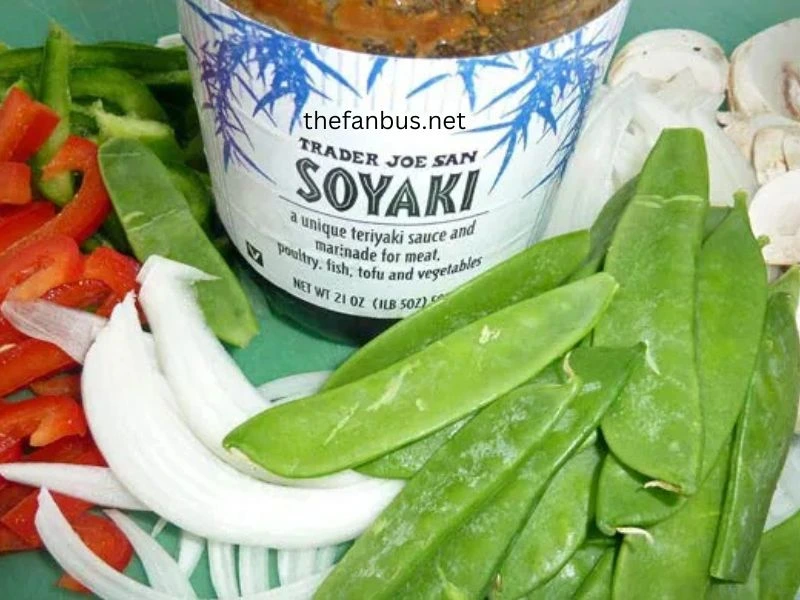Soyaki sauce has gained a loyal following among home cooks and food enthusiasts for its irresistibly versatile and savory flavor. Combining the best of soy sauce and teriyaki, this unique blend offers a harmonious balance of salty, sweet, tangy, and umami-packed goodness that can elevate even the simplest dishes. Whether you’re whipping up a quick weeknight dinner or preparing a gourmet feast, soyaki sauce is a kitchen essential that deserves a spot in your pantry.
But what exactly is soyaki sauce, and how can you incorporate it into your cooking? This blog explores the origins, uses, and benefits of this savory staple, along with a selection of recipes and tips for buying or making it yourself.
What Makes Soyaki Sauce Unique?
Origins and Flavor Profile
Soyaki sauce is a hybrid condiment inspired by Japanese teriyaki sauce and Chinese soy sauce. It combines the salty depth of soy with the sweet, tangy, and slightly smoky notes of traditional teriyaki. What sets soyaki apart is the added infusion of garlic, sesame seeds, and ginger, which bring a robust complexity to its flavor profile.
With its thick, glossy texture, soyaki sauce is as visually appealing as it is flavorful. It coats dishes beautifully, adding both taste and shine, whether you’re using it as a marinade, glaze, or sauce.
Read More: Who Is Alia Rose Biological Father?
Versatile Uses in Cooking
One of the stand-out qualities of soyaki sauce is its versatility in the kitchen. Here’s how you can use it to enhance your meals.
1. Marinating
Soyaki sauce makes an incredible marinade for proteins like chicken, beef, pork, or tofu. Its rich flavors penetrate deeply, creating perfectly seasoned dishes. Marinate meat or vegetables for as little as 30 minutes or as long as 8 hours to achieve delicious results.
Pro Tip: For a quick flavor boost, combine soyaki sauce with a splash of citrus juice and a dash of chili flakes to add a zesty kick.
2. Stir-Fries
Looking to zhuzh up your stir-fry? A drizzle of soyaki will do the trick. Toss it with your favorite vegetables, proteins, and noodles to bring everything together with a savory-sweet glaze.
Try this: Add it to a veggie-packed stir-fry with broccoli, carrots, snap peas, and bell peppers for a quick and healthy dinner.
3. Glazing
Soyaki sauce’s thick consistency makes it ideal for glazing – try it on salmon, ribs, or even roasted vegetables. Brush it on during the last few minutes of cooking to create a caramelized, sticky glaze that’s finger-licking good.
4. Dipping Sauce
Need a quick dipping sauce for spring rolls, dumplings, or sushi? Soyaki is a standout on its own, but you can also mix it with sesame oil, honey, or rice wine vinegar to take things up a notch.
Soyaki Recipes You’ll Love

1. Soyaki Chicken Stir-Fry
Ingredients:
- 2 chicken breasts (sliced)
- 2 cups mixed veggies (broccoli, carrots, bell peppers)
- 3 tablespoons soyaki sauce
- 1 tablespoon sesame oil
Instructions:
- Heat sesame oil in a large skillet over medium-high heat.
- Add chicken and cook until browned. Remove and set aside.
- Add veggies to the skillet; stir-fry for 3–4 minutes.
- Return chicken to the pan, add soyaki sauce, and toss until evenly coated.
- Serve with rice or noodles.
Read More: Do You Feel Like a Man
2. Soyaki-Glazed Salmon
Ingredients:
- 4 salmon fillets
- 1/3 cup soyaki sauce
- 1 teaspoon honey (optional)
Instructions:
- Preheat the oven to 400°F (200°C).
- Place salmon fillets on a lined baking sheet.
- Brush the fillets generously with soyaki sauce. Add honey for extra sweetness.
- Bake for 12–15 minutes, brushing with additional sauce midway through.
- Garnish with sesame seeds and green onions before serving.
3. Soyaki Veggie Bowls
Ingredients:
- 1 cup cooked quinoa or brown rice
- 2 cups roasted veggies (sweet potato, zucchini, and mushrooms work well)
- 2 tablespoons soyaki sauce
- Optional toppings: avocado, sesame seeds, or fried egg
Instructions:
- Assemble your bowl with a base of quinoa or rice.
- Layer on your roasted veggies.
- Drizzle with soyaki sauce and add optional toppings for extra flavor.
The Health Benefits of Soyaki Sauce
Nutritional Value
Soyaki sauce isn’t just delicious – it also offers some health-conscious benefits. It’s generally low in calories, making it a guilt-free way to add flavor to your dishes. Many pre-made soyaki sauces also use ingredients like ginger, garlic, and sesame, which are known for their antioxidant and anti-inflammatory properties.
Considerations
While soyaki sauce is a fantastic addition to your diet, it’s worth noting that it can be high in sodium. To keep things balanced, consider using it in moderation or opting for a low-sodium version when available.
Where to Buy Soyaki Sauce (Or Make Your Own!)
Store-Bought Options
Soyaki sauce is widely available in most grocery stores and Asian markets. Brands like Trader Joe’s, Kikkoman, and Whole Foods offer excellent versions of this versatile condiment. Look for it in the international aisle or near the soy sauce and marinades.
DIY Soyaki Sauce
Prefer a homemade touch? Here’s a simple recipe to make soyaki sauce in your kitchen.
Homemade Soyaki Sauce Recipe
- ½ cup soy sauce
- 2 tablespoons honey or brown sugar
- 1 tablespoon rice wine vinegar
- 1 teaspoon sesame oil
- 1 teaspoon minced garlic
- 1 teaspoon minced ginger
- 1 tablespoon sesame seeds
Combine all ingredients in a saucepan and simmer on low heat until slightly thickened. It’s that easy!
Elevate Your Cooking with Soyaki Sauce
Soyaki sauce is more than just a condiment—it’s the ultimate flavor booster that belongs in every kitchen. Its unique combination of salty, sweet, and umami notes makes it a true game-changer, whether you’re preparing quick meals or experimenting with gourmet dishes.
The next time you’re in the kitchen, experiment with soyaki and watch your dishes come to life. For a head start, grab a bottle from your local store or try whipping up your own using the recipe above. Trust us—your taste buds will thank you!


